Ancient news stories
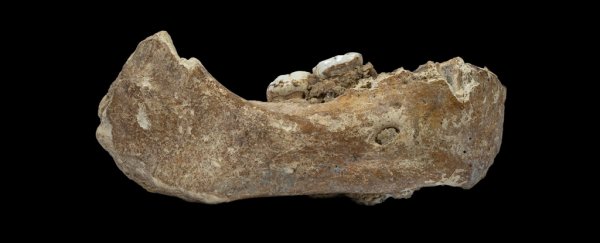
This is a new discovery we describe in a study published in PLOS Genetics today. It further suggests that our modern human diversity didn’t just evolve – some parts of it we got from other, extinct human groups.
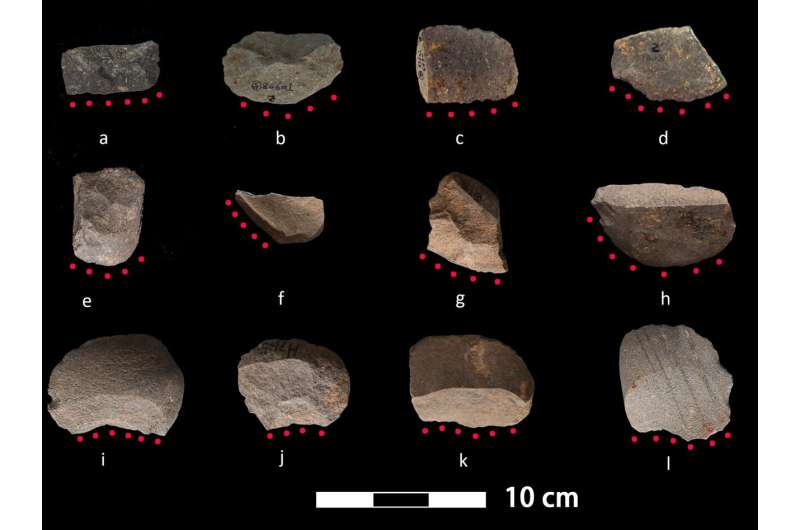
A new Dartmouth College-led study analyzing stone tools from southern China provides the earliest evidence of rice harvesting, dating to as early as 10,000 years ago

An 11,000-year-old rock-cut relief in southeastern Turkey featuring menacing animals and two men, one of whom is holding his genitalia, is the oldest narrative scene on record, a new study suggests
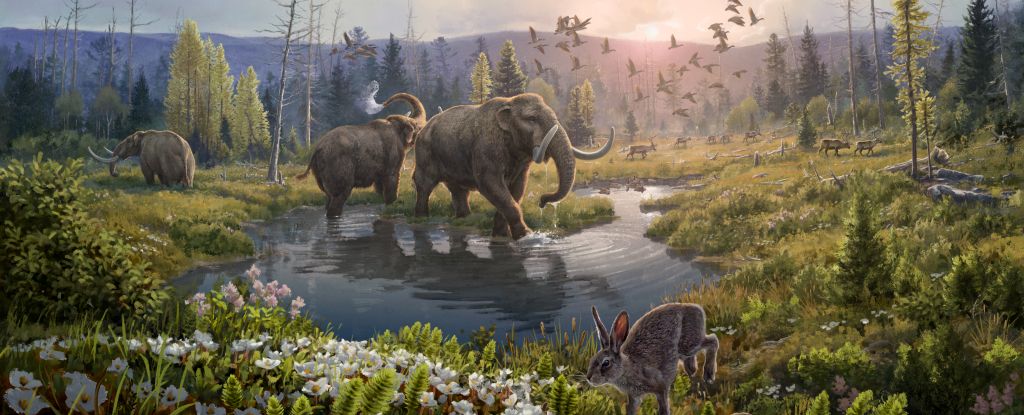
Scientists have made a significant breakthrough in reconstructing the history of our planet. Sedimentary deposits from the permafrost of Greenland contained recoverable environmental DNA dating back to around 2 million years ago.
The 100-million-year-old head and body bones of the marine reptile were uncovered by three fossil enthusiasts who regularly trawl the ranges of their privately-owned outback station searching for ancient remains.
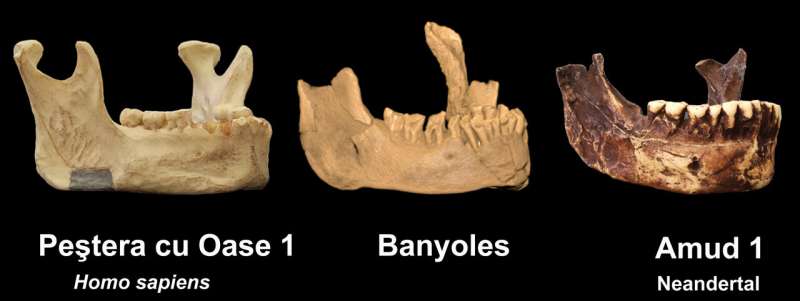
For over a century, one of the earliest human fossils ever discovered in Spain has been long considered a Neandertal. However, new analysis…dismantles this century-long interpretation, demonstrating that this fossil is not a Neandertal; rather, it may actually represent the earliest presence of Homo sapiens ever documented in Europe.
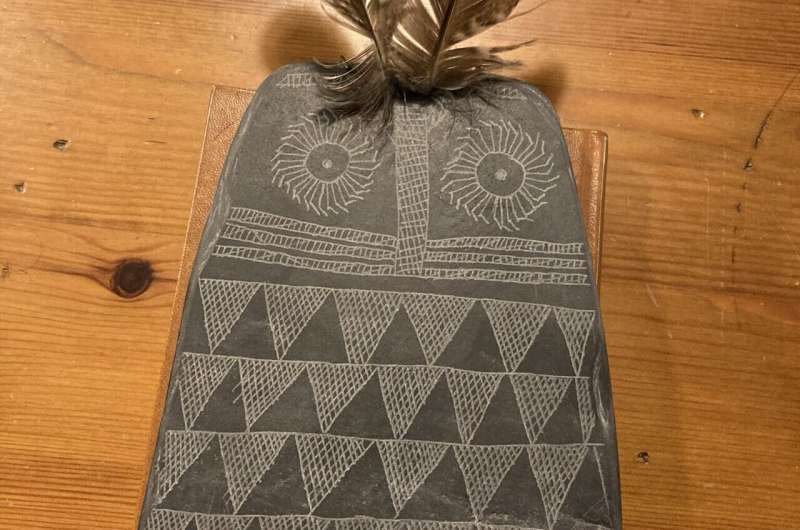
Ancient owl-shaped slate engraved plaques, dating from about 5,000 years ago in the Iberian Peninsula, may have been created by children as toys, suggests a paper published in Scientific Reports.

Multiple lines of evidence suggest that Mars wasn’t always the desiccated dustbowl it is today.In fact, the red planet was once so wet and sloshy that a megatsunami was unleashed, crashing across the landscape like watery doom. What caused this devastation? According to new research, a giant asteroid impact…
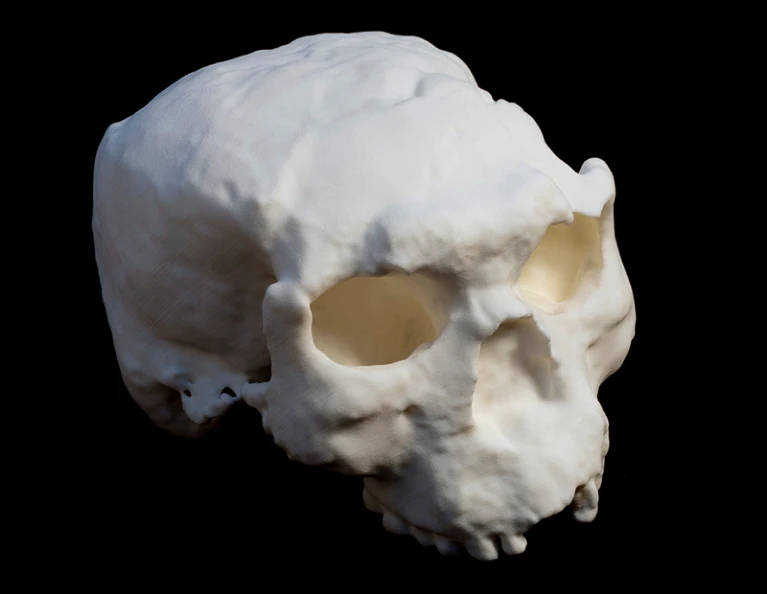
Researchers are heralding the discovery of an ancient human skull in central China as an important find. As excavation of the remarkably intact fossil continues, archaeologists and palaeoanthropologists anticipate that the skull could give a fuller picture of the diverse family tree of archaic humans living throughout Eurasia in prehistoric times.

Recent papers have offered alternate interpretations of their age. Knowing the approximate age of the mounds provides significant insight into the people who built the mounds. Archaeologists have built “culture histories” describing prehistoric ways of life and the way lifestyles have changed through time.

More than 2,000 years before the Titanic sunk in the North Atlantic Ocean, another famous ship wrecked in the Mediterranean Sea off the eastern shores of Uluburun—in present-day Turkey— carrying tons of rare metal.
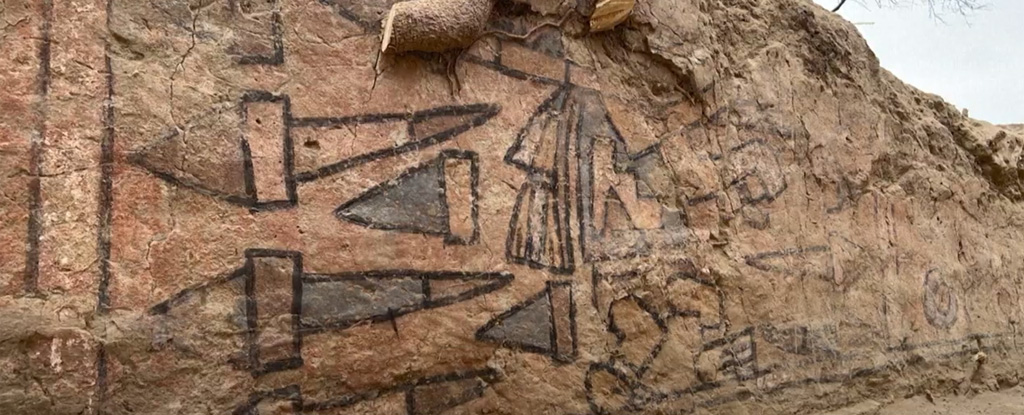
Archeologists have rediscovered a pre-Hispanic fresco depicting mythological scenes in northern Peru that they had only seen in black and white photographs that were more than a century old.
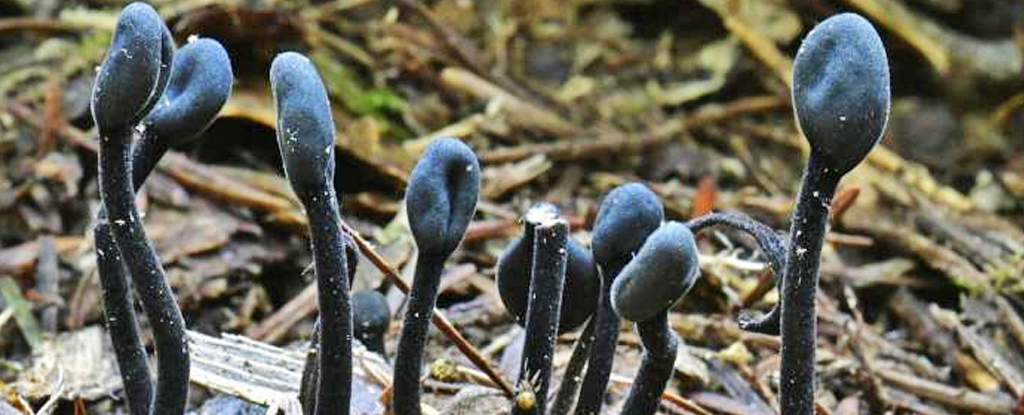
Some of Earth’s weirdest fungi, including types of lichen, mycorrhizal, and insect symbiotes, never quite seemed to fit in our current tree of life.

A new study reveals that Mars was born wet, with a dense atmosphere allowing warm-to-hot oceans for millions of years. This discovery was recently published in the journal Earth and Planetary Science Letters.
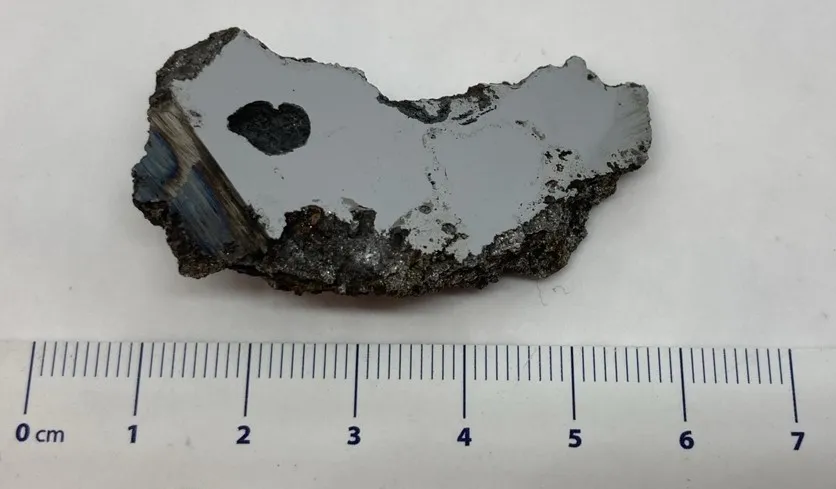
Two minerals that have never been seen before on Earth have been discovered inside a massive meteorite in Somalia. They could hold important clues to how asteroids form.
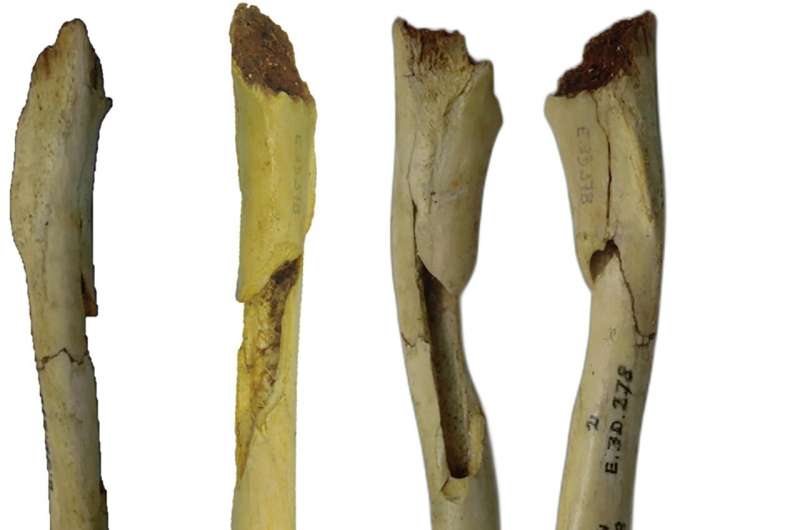
The dog is the first species domesticated by humans, although the geographical and temporal origin of wolf domestication remains a matter of debate.








